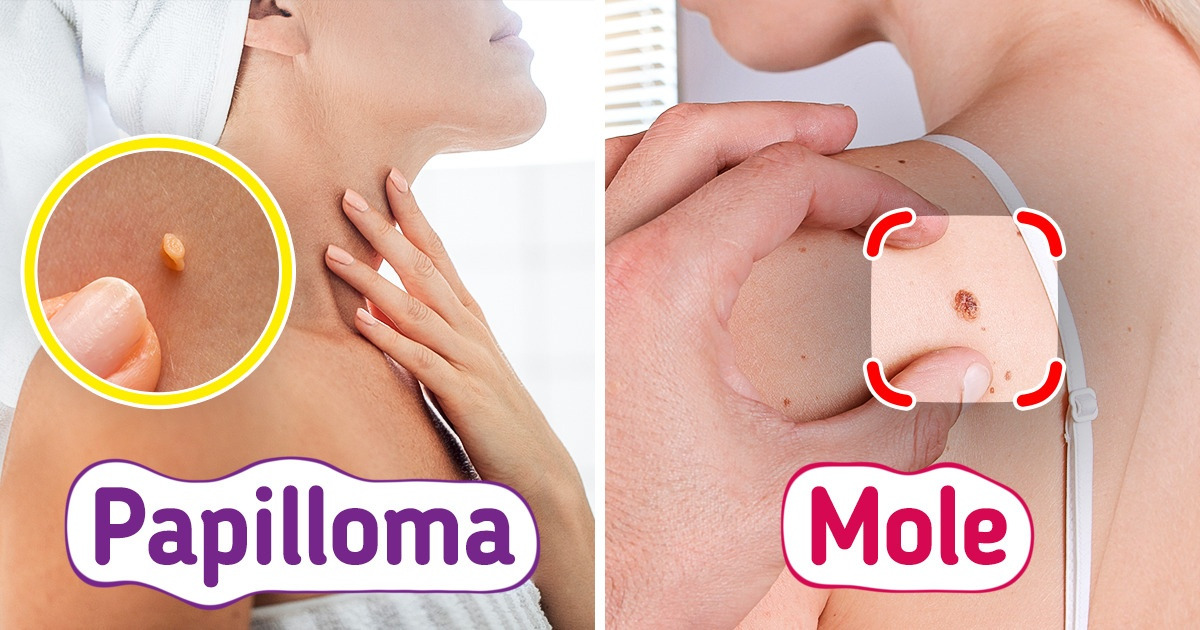I Agreed to Adopt My SIL’s Baby — but Her Real Motive for Giving Him Up Broke My Heart


The most extensive organ in our body is the skin. Just like any other organ, skin can give distinctive signs that you should be able to read correctly. Moles are some of the most common ones. Keeping an eye on the features of moles and other signs of your body conditions can help you know what to do when spotting them.
Bright Side wants to help you make that distinction, but cannot replace professional advice. We wrote a few guidelines to help you interpret the messages your skin sends you, but you need to go to a professional to be sure.

Moles are skin growths that can vary in color, ranging from a person’s natural color to a different shade. They can appear anywhere on the skin, either individually or in groups.
When the pigment-producing cells of the skin, called melanocytes, grow in clusters, instead of being scattered along the surface, moles are formed. Most of them appear on those parts of our body that are most exposed to sunlight. Therefore, it is possible that the more time you spend in the sun, the more moles you will have.
Most moles appear during childhood and up until you’re 20. Once you reach adulthood, it is common to have between 10 and 40 moles on your body. In some cases, they may be hairy, and as the years go by, they may slowly change, becoming a little more lumpy and lighter in color. However, in other cases, you might never notice changes.
After being exposed to the sun, moles may become darker. That can happen too during puberty or pregnancy due to hormonal changes.
Although most of them are benign, in some cases, you might need to take a closer look at them to make sure everything’s okay. Ideally, you should examine the areas of your body that have moles using a mirror, for example, to observe moles in places that are regularly exposed to the sun (face, hands, legs, arms, chest, and back). You can also ask a friend or somebody else to help you.
In any case, you should go to a dermatologist if you notice any of the following signs:
Papillomas are light-colored or slightly brown bumps that hang from the skin surface. They are formed by loose collagen fibers and ducts embedded in thicker areas of the skin. They can usually arise on the neck, eyelids, and other places where there is friction, such as the breasts, groin, or armpits.
What makes these formations different from moles is mainly their nature. Moles can sometimes develop into malignant cells, whereas papillomas are almost always benign.
There is another type of skin condition that, unlike moles, is caused by a fairly common virus called human papillomavirus (HPV) and is transmitted by direct contact with the skin or through shared objects such as towels or washcloths. Common warts are usually harmless and disappear on their own over time.
They usually appear on the fingers or hands, are characterized by being rough, and often have a pattern of tiny black dots, which are small blood vessels of clotted blood. Others may appear on the soles of the feet and therefore cause discomfort when walking.
Warts can be prevented or prevented from spreading to other parts of the body when they have already appeared by following these recommendations:
How do you usually protect your skin from environmental factors?











